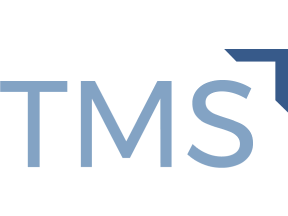Automate Data Transfer Outlook to TMS



Simplify Data Transfer: Automate Outlook to TMS Integration with AI Chat
Challenges faced while manually transferring data from Outlook to TMS:
1. Time-consuming process: Manually transferring data from Outlook to TMS can be a time-consuming task. Employees have to individually copy and paste each piece of information, such as emails, contacts, and calendar events. This can take up a significant amount of their valuable time, reducing their overall productivity.
2. Human error: Manually transferring data increases the chances of human error. Employees may accidentally skip or misplace important data during the transfer process. This can lead to incomplete or inaccurate information in the TMS, affecting the efficiency and reliability of the system.
3. Lack of synchronization: Manually transferring data between Outlook and TMS can result in a lack of synchronization. Changes made in one system may not be reflected in the other, causing discrepancies and confusion. This can lead to missed deadlines, miscommunication, and inefficiencies in workflow management.
1. Time-consuming process: Manually transferring data from Outlook to TMS can be a time-consuming task. Employees have to individually copy and paste each piece of information, such as emails, contacts, and calendar events. This can take up a significant amount of their valuable time, reducing their overall productivity.
2. Human error: Manually transferring data increases the chances of human error. Employees may accidentally skip or misplace important data during the transfer process. This can lead to incomplete or inaccurate information in the TMS, affecting the efficiency and reliability of the system.
3. Lack of synchronization: Manually transferring data between Outlook and TMS can result in a lack of synchronization. Changes made in one system may not be reflected in the other, causing discrepancies and confusion. This can lead to missed deadlines, miscommunication, and inefficiencies in workflow management.
Unleash the power of automation and transform your workplace. Discover the future of work with our groundbreaking blog. Click now!
See Automaited In ActionSimplify Data Transfer: Automate Outlook to TMS Integration with AI Chat
Step 1: Split the process into sub-steps:
- Extract emails from Outlook
- Convert emails to a compatible format
- Map data fields for TMS import
Step 2: Explain the task to our AI assistant:
- Save time and effort by automating data transfer
- Ensure accuracy and consistency in the process
Step 3: Execute the automation with a click:
- Our solution automates the entire process
- Simply click a button to transfer data from Outlook to TMS
- Extract emails from Outlook
- Convert emails to a compatible format
- Map data fields for TMS import
Step 2: Explain the task to our AI assistant:
- Save time and effort by automating data transfer
- Ensure accuracy and consistency in the process
Step 3: Execute the automation with a click:
- Our solution automates the entire process
- Simply click a button to transfer data from Outlook to TMS